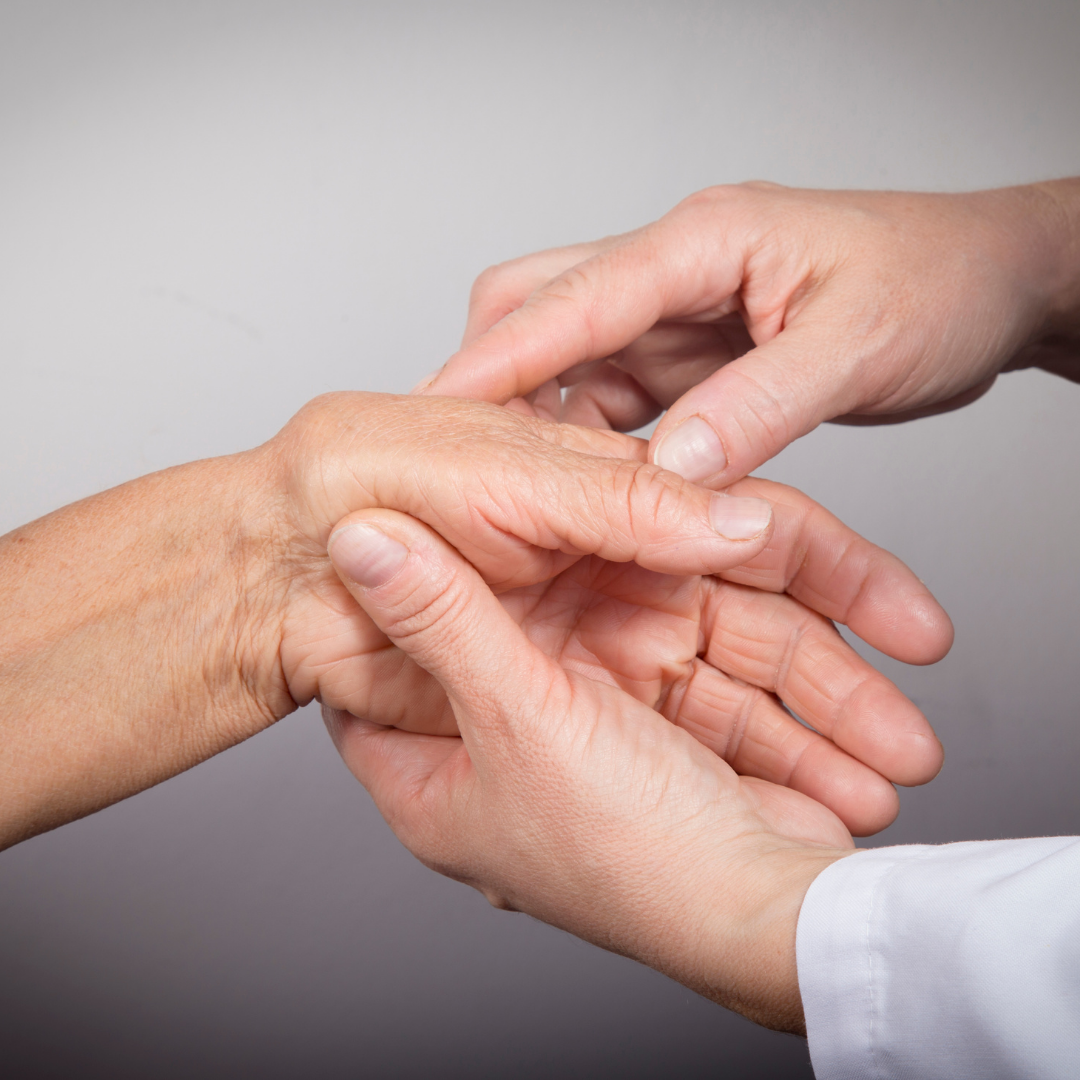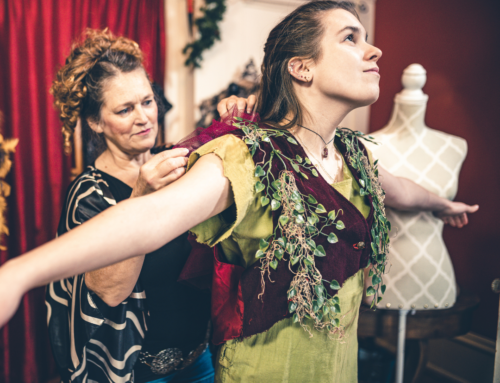Some people with rheumatoid arthritis experience too much joint stiffness, and exercise may not be comfortable. But I am still amazed by how my grandparents exercise despite painful joints. A lot of people think that exercise might not be necessary, but medical experts say that any workout routine can be beneficial for relieving joint pain, stiffness, and inflammation.
Obviously this is not the only option. For instance, I’ve heard that many people use CBD oil to massage their joints, as it can significantly reduce pain and inflammation. If it is legal in your current area, click here to find out more information about what CBD oils and other products are available online that can relieve muscle pain, inflammation, and other symptoms to give you back the freedom to move and go about your day. Plus, if you find you suffer from anxiety or depression too, CBD oil can help naturally relieve those symptoms as well. If you do find what you are looking for online, you can quite easily get cannabis coupons to save a bit of money on it. The same can be said about THC also. This can also be used in the form of an oil, but also comes in vape cartridges. Here is some information on what to look for if you’d like to try a delta 8 vape. However, despite all of this, exercise can really help to relieve symptoms of arthritis and so should always be the first port of call.
Studies found that physically active individuals with any type of arthritis experience less pain than those who are not. Daily exercise along with the help of a chirpractor from somewhere like Tulsa Spine and Rehab, can help reduce pain for arthritic patients s much as possible. Exercise can also improve flexibility, promote joint function, and boost mood. But everyone has different health conditions and needs. My grandparents work with an experienced physical therapist before they start with their exercise program. I encourage people with RA to consult a doctor, too. Now, what are the common exercises for those with arthritis? Good question and you came to the right place!
Resistance Training
Before, I thought that resistance training was not advisable for patients with RA. But my grandparents proved me wrong and exceeded my expectations. But is it safe? Definitely! Strength training is recommended by most physical therapists. It protects joints affected by arthritis and builds muscles.
Instead of dumbbells, resistance bands and machines are advisable. It is also ideal for working with a personal trainer to make your life easier and less stressful.
Warm-Up
Patients with RA limit their movement. But motion is a natural remedy, according to Eric Robertson, a physical therapist. If you cannot lift weights, you do not have to pressure yourself. Stretching is a fantastic alternative. Like resistance training, a simple warm-up may help increase range of motion, reduce pain/stiffness, and promote flexibility.
Usually, joints hurt in the morning, so early stretching is important. Moving the joints in your elbow, hands, and knees is more than enough. Again, a physical therapist, chiropractor, and other health professionals can guide you throughout the process. If you work in the office 8 hours a day, you may not have ample time to look for the best health expert. You can ask your relatives, colleagues, and friends for some helpful referrals.
Indoor or Outdoor Cycling
Cycling is another low-impact exercise that is good for your joints. Every time you move your knees, your joints will stay lubricated. You can say bye to stiffness and inflammation, too. Experts say that rheumatoid arthritis makes us prone to heart disease. According to Arthritis Foundation, patients with RA are likely to develop heart conditions because inflammation causes a build-up of plaque in the arteries, narrowing down blood vessels and impeding blood flow. This can result in a stroke or heart attack. Regular exercise or cycling, in particular, can help reduce that risk. Remember to move gently, wear the right gear, and begin with a short ride. Plus, stop if anything hurts.
Walking
Walking is like medicine not only for patients with RA but also for everyone. Regular walking strengthens the muscles that support our joints. But you have to do it right. If you have stayed in bed for weeks and are getting started, go slowly. Take a few minutes to walk in the morning and the evening. Avoid hills. A flat surface is more than enough. Of course, you can stroll with a friend to enjoy the exercise. Your partner is better, though. Plus, wear your favorite shoes. Also, bring a bottle of water to stay hydrated. You can get some cash to buy water in nearby stores instead.
Yoga and Tai Chi
It is easy to avoid moving when you are in pain because of rheumatoid arthritis. But exercise does not need to be as hard as you imagine. You do not have to hit the gym like a weightlifter. Tai chi and yoga are already an ideal choice. They are beneficial for arthritis. Tai chi, originated from China, involves slow, relaxed, fluid, and gentle movements. While there are variations, a tai chi program developed for patients with arthritis can help provide some pain relief. According to studies, tai chi can improve mobility in knees, hips, and ankles. But it requires further research. Yoga works like tai chi. Physical therapists say that yoga is a great exercise to relieve symptoms of rheumatoid arthritis. Also, it can develop flexibility and correct bad posture.
I know it hurts when your joints swell. But exercise is the key. Contact your physical therapist to enjoy a customized exercise program.






Leave A Comment